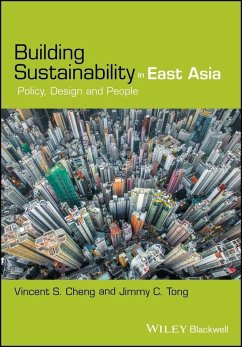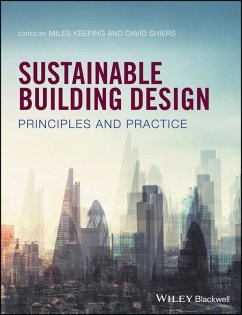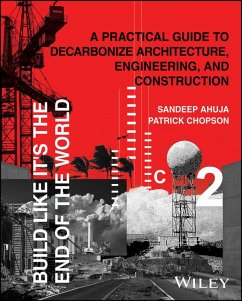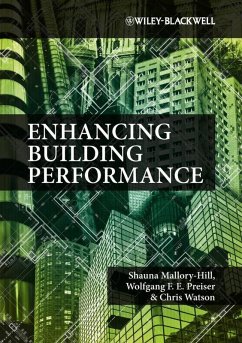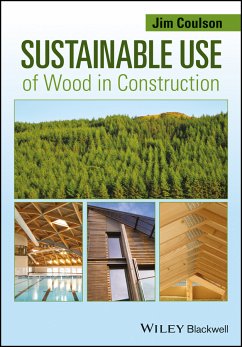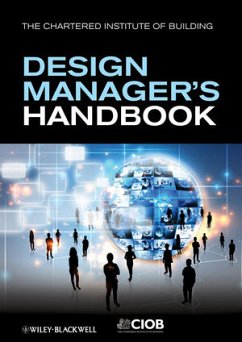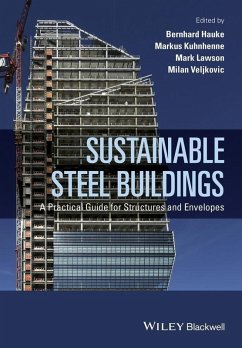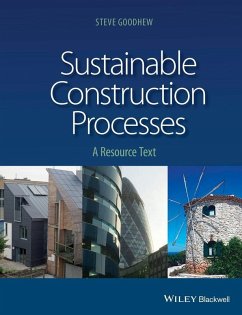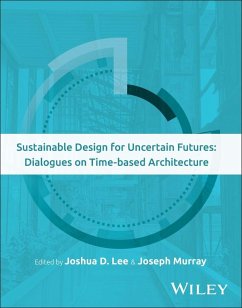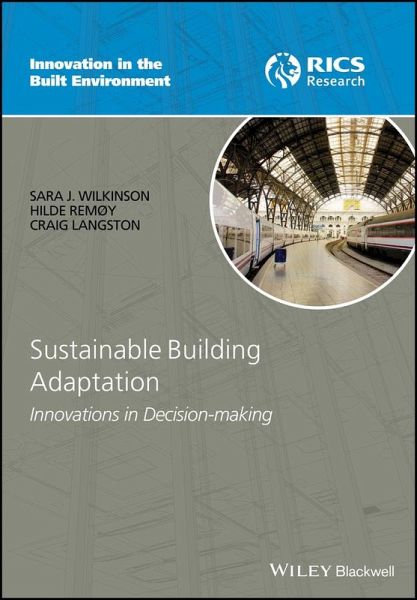
Sustainable Building Adaptation (eBook, PDF)
Innovations in Decision-making
Versandkostenfrei!
Sofort per Download lieferbar
93,99 €
inkl. MwSt.
Weitere Ausgaben:

PAYBACK Punkte
0 °P sammeln!
How to adapt existing building stock is a problem being addressed by local and state governments worldwide. In most developed countries we now spend more on building adaptation than on new construction and there is an urgent need for greater knowledge and awareness of what happens to commercial buildings over time. Sustainable Building Adaptation: innovations in decision-making is a significant contribution to understanding best practice in sustainable adaptations to existing commercial buildings by offering new knowledge-based theoretical and practical insights. Models used are grounded in re...
How to adapt existing building stock is a problem being addressed by local and state governments worldwide. In most developed countries we now spend more on building adaptation than on new construction and there is an urgent need for greater knowledge and awareness of what happens to commercial buildings over time. Sustainable Building Adaptation: innovations in decision-making is a significant contribution to understanding best practice in sustainable adaptations to existing commercial buildings by offering new knowledge-based theoretical and practical insights. Models used are grounded in results of case studies conducted within three collaborative construction project team settings in Australia and the Netherlands, and exemplars are drawn from the Americas, Asia, Japan, Korea and Europe to demonstrate the application of the knowledge more broadly. Results clearly demonstrate that the new models can assist with informed decision-making in adaptation that challenges some of the prevailing solutions based on empirical approaches and which do not accommodate the sustainability dimension. The emphasis is on demonstrating how the new knowledge can be applied by practitioners to deliver professionally relevant outcomes. The book offers guidance towards a balanced approach that incorporates sustainable and optimal approaches for effective management of sustainable adaptation of existing commercial buildings.
Dieser Download kann aus rechtlichen Gründen nur mit Rechnungsadresse in D ausgeliefert werden.




